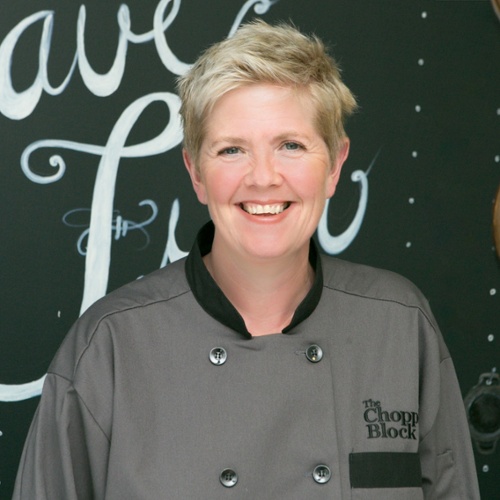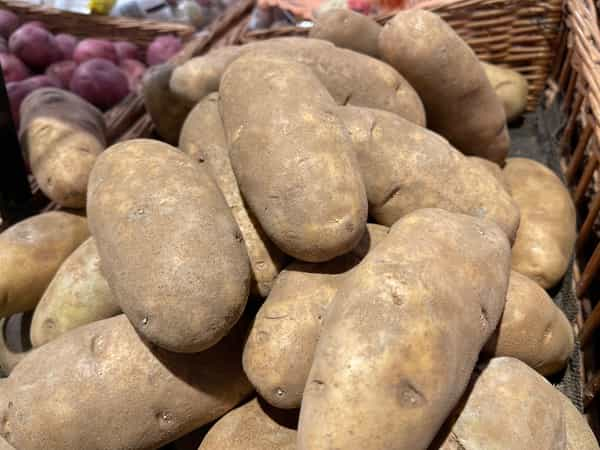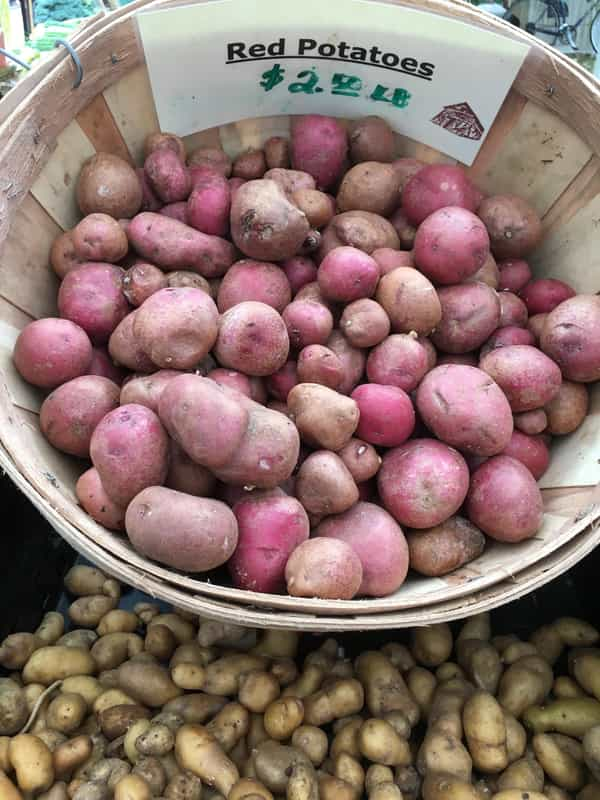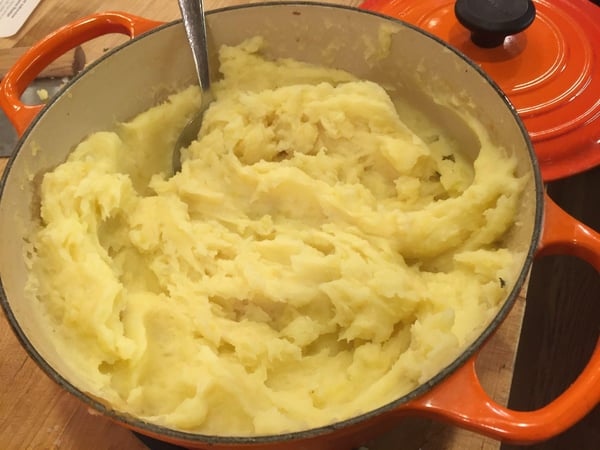There is one thing most everyone I know has in common: they love potatoes! Fried potatoes, creamed potatoes, baked potatoes, steamed potatoes, mashed potatoes, boiled potatoes, potato pancakes and hash browns will never go out of favor.
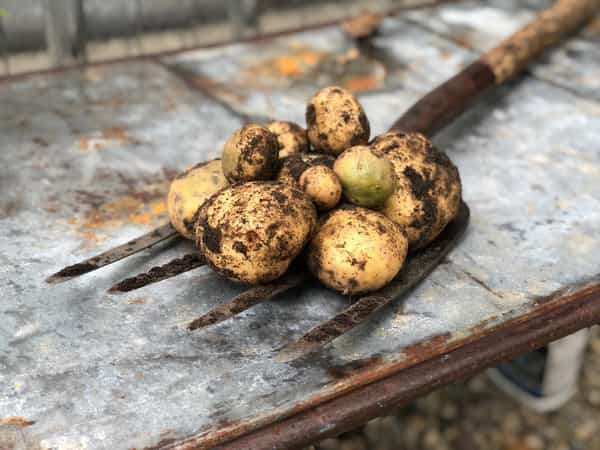 There is something so satisfying about a potato, and I mean satisfying! It may come as no surprise but did you know that potatoes come in highest of all foods in their ability to satiate. Yes, it is true, they are by far the most filling food there is, more than rice, more than a steak, more than even cheese. When you are hungry, the lowly potato will never fail you.
There is something so satisfying about a potato, and I mean satisfying! It may come as no surprise but did you know that potatoes come in highest of all foods in their ability to satiate. Yes, it is true, they are by far the most filling food there is, more than rice, more than a steak, more than even cheese. When you are hungry, the lowly potato will never fail you.
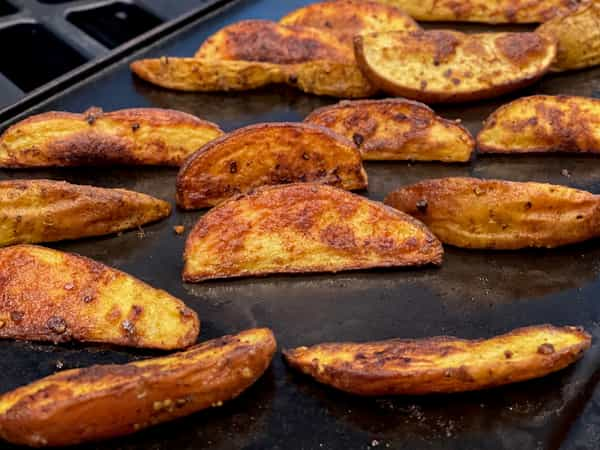 We use a lot of potatoes at The Chopping Block. Russet potatoes, Yukon gold potatoes, red skinned potatoes and new potatoes are at the ready most every day of the year. We love using tender new potatoes when they are just being harvested in the spring, steamed with dill and butter. We use the hearty starchy russet potatoes in the winter for rich and creamy scalloped potatoes. We like to use the thin skinned and oh so sweet, reds and Yukon golds to make potato salad in the summer. You may be asking: how do I know what potato to select for each of these jobs… and you are not alone, we get that question in every class that features potatoes. The answers are not as complex as you might think because potatoes largely fall into just two categories:
We use a lot of potatoes at The Chopping Block. Russet potatoes, Yukon gold potatoes, red skinned potatoes and new potatoes are at the ready most every day of the year. We love using tender new potatoes when they are just being harvested in the spring, steamed with dill and butter. We use the hearty starchy russet potatoes in the winter for rich and creamy scalloped potatoes. We like to use the thin skinned and oh so sweet, reds and Yukon golds to make potato salad in the summer. You may be asking: how do I know what potato to select for each of these jobs… and you are not alone, we get that question in every class that features potatoes. The answers are not as complex as you might think because potatoes largely fall into just two categories:
- Waxy
- Mealy
Identifying Mealy Potatoes
Russet or baking potatoes are the same potato. Some people call russets baking potatoes and for good reason, they are perfect for baking! Purple potatoes are also a mealy potato. Mealy potatoes have a thick brown skin, are oblong in shape and generally have a relatively white flesh that is low in moisture content. The most common varieties of russets, the ones you see in the supermarkets are Burbank, Caribou, Pacific, Innovator and Norkotah. I have never seen the variety of russet potatoes listed at the grocery store but I do regularly see russet potato varieties highlighted at the farmer’s market. The most common variety being Kennebec. Regardless of their name, they all share the same basic qualities and are what is considered a mealy potato.
Identifying Waxy Potatoes
Waxy potatoes are any red skinned or yellow skinned potato, whether small or large. We generally see new potatoes, fingerling or baby potatoes with yellow or red skin versus baby russet potatoes. One exception being purple new or fingerling potatoes which are a mealy potato. If the potato has a yellow or red skin, it is a waxy potato. Common varieties of yellow are Yukon gold, German Butterball and Banana. Common varieties of reds are Red Bliss, French Fingerling, Red Gold and Red Norland. Waxy potatoes all share the qualities of being thin skinned and high in moisture content.
If you want Fluffy and Airy Results
Mealy potatoes have a thick skin and low moisture content. Mealy potatoes are drier and have a more concentrated potato flavor because of that. The drier russet potato bakes into a fluffy light texture compared to a waxy potato with its higher level of moisture which ends with dense result when baked. This may be a strange comparison but think of it like a bath towel, when the towel is wet, it is heavy and dense, when it is dry it, is light and fluffy. Waxy potatoes are the wet heavy towel and mealy potatoes are the dry fluffy towel.
Recipes where you may prefer a fluffy texture:
- Mashed potatoes
- Baked potatoes
- Gnocchi
- Dutchess potatoes
- Twice baked potatoes
- Shepard's Pie
Try these recipes:
When Crispness Matters
This is an area of confusion for many people. If you know a little bit about the science of browning or the Maillard Reaction, you might be aware that browning happens when carbohydrates are heated. Most all food has some level of carbohydrates, so it might seem a natural assumption that a food high in carbohydrates like a potato, would brown really well. You would be correct in that assumption.
Can we then confer that both waxy and mealy potatoes with a similar carbohydrate level crisp up equally? Unfortunately, if you made that assumption, you would be incorrect. Waxy potatoes have a high carbohydrate level, but they also have a high moisture content. Moisture or water, interferes with crispness. If you have been trying to crisp up your roasted new potatoes to no avail, do not feel bad it is not you, it is the potato. Russet potatoes' low moisture content allows them to get much crispier. So, hands down a Russet potato is your choice when crispness matters.
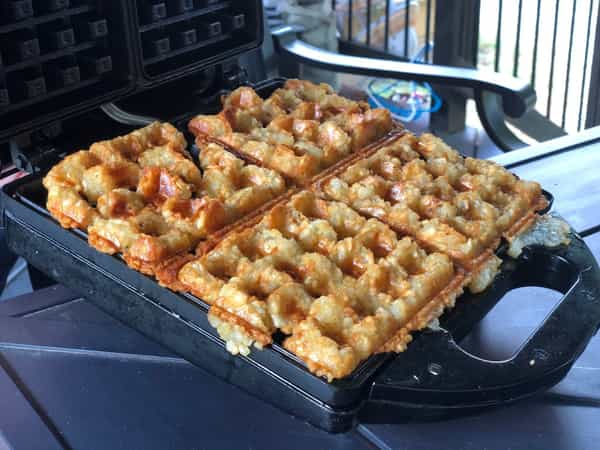 Recipes where you may prefer a crispy texture:
Recipes where you may prefer a crispy texture:
- French fries
- Roasted potatoes
- Hashbrowns
- Potato skins
- Potato pancakes
- Baked potatoes
- Tater Tots
Try these recipes:
- Ultra-Crispy Baked French Fries
- Smashed or Mashed: Two Easy Ways to Make Potatoes More Interesting
- How to Make it through Winter: A Guide to Making your own French Fries
Do you want the potato to hold its shape or break down?
Mealy potatoes break down more when they cook than a waxy potato. Waxy potatoes hold the shape really well when cooked. So why would we want a potato to break down, how could that actually be a plus? I think the benefit of a potato breaking down has lost favor, simply because people don’t understand the benefits of it doing so.
Let me start by saying mealy potatoes hold their shape very well. You can simmer a potato soup for hours and then reheat the leftovers without the mealy potatoes completely breaking down. The difference between making a potato soup with a mealy potato and a waxy potato is this: mealy potatoes play well with others and waxy potatoes keep to themselves. What I mean by that is that mealy potatoes contribute their flavor, their starch and their texture to the whole dish. Waxy potatoes keep to themselves, contributing relatively no potato flavor to the soup except when you actually eat the potato.
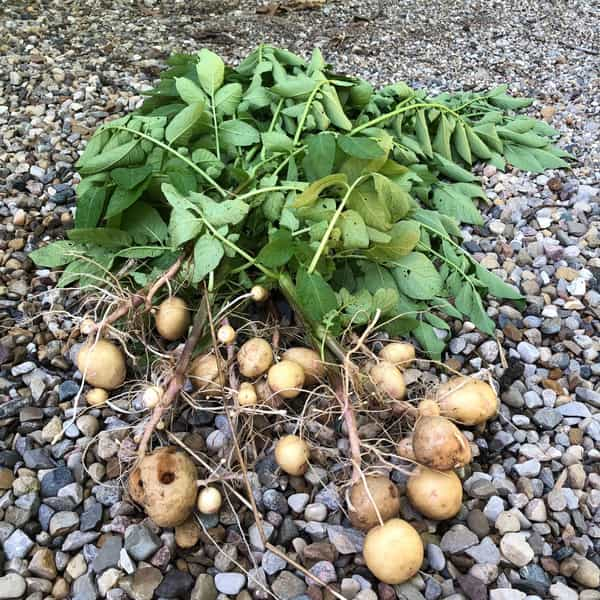 Since waxy potatoes do not break down easily, they also do not add any starch to the chowder or thickening. A potato soup made with a mealy potato will taste more potato-y and will have been thickened somewhat by the starch in the potato itself. A potato soup made with a waxy potato would likely need to be thickened more and its broth will need to be flavored more intensely to achieve a dynamic flavor.
Since waxy potatoes do not break down easily, they also do not add any starch to the chowder or thickening. A potato soup made with a mealy potato will taste more potato-y and will have been thickened somewhat by the starch in the potato itself. A potato soup made with a waxy potato would likely need to be thickened more and its broth will need to be flavored more intensely to achieve a dynamic flavor.
Mealy potatoes proclivity to breaking down plays a key role in making scalloped potatoes or any baked layered potato dish. The starch helps to hold the layered potatoes together without using excessive amounts of flour. If you have been trying to make scalloped potatoes with waxy potatoes and it won’t set up properly, now you know why. If you were to make a scalloped potato dish with waxy potatoes, you would need to increase the flour in the recipe so that it will hold together.
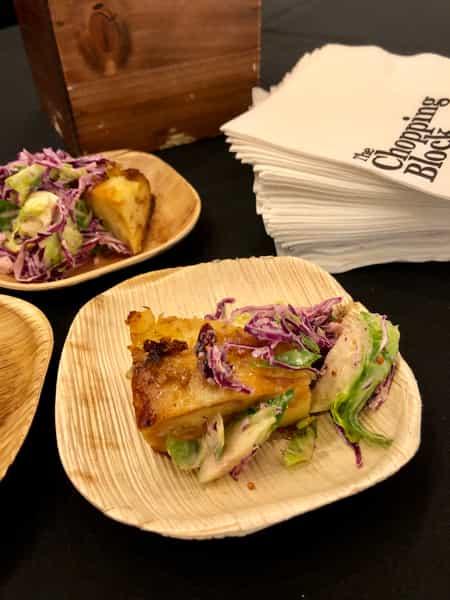 Scalloped Potatoes
Scalloped Potatoes
Recipes where you may prefer a mealy potato:
- Scalloped Potatoes
- Potatoes Anna
- Potatoes Dauphinoise
- Spanish potato omelet (Tortilla)
- Any layered potato recipe
Try these recipes:
Recipes you may prefer a waxy potato:
- Soups
- Stews
- Stuffed mini potatoes
- Boiled potatoes
- Steamed potatoes
- Potato salads
- Braised potatoes (as in a pot roast)
Try these recipes:
After all of that information about potatoes, I would be remiss not to point out that you really can use any potato you want in any recipe. What I hope you know now is how the type of potato you are using will change the recipe you are making. My favorite recipe my mother made when I was a child was potato soup, and she was taught this recipe by my grandmother. It was made with a few simple ingredients but russet potatoes were the focal ingredient. The soup was brothy, rich with bacon but oh so potato-y. Late in life, she changed her recipe. I was aghast! I couldn’t believe it, that my childhood memories crushed. Her new recipe was completely different and made with waxy potatoes. It was thickened with roux, enriched with cheese and ham, little sweet and creamy red skinned potatoes nestled inside my bowl and it was delicious. If you know how a mealy potato and a waxy potato are different, you can simply adjust your recipes and expectations and achieve fabulous results with either.
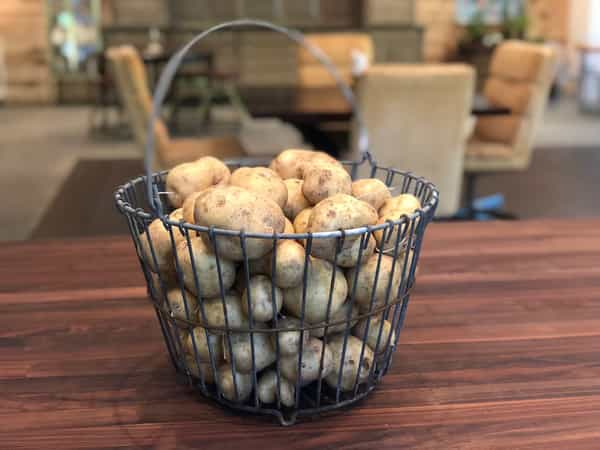 We have chefs at the ready in or upcoming classes to provide you both new potatoes recipes and to help you decipher your potato conundrums. Some of my favorite classes featuring potatoes are:
We have chefs at the ready in or upcoming classes to provide you both new potatoes recipes and to help you decipher your potato conundrums. Some of my favorite classes featuring potatoes are:


